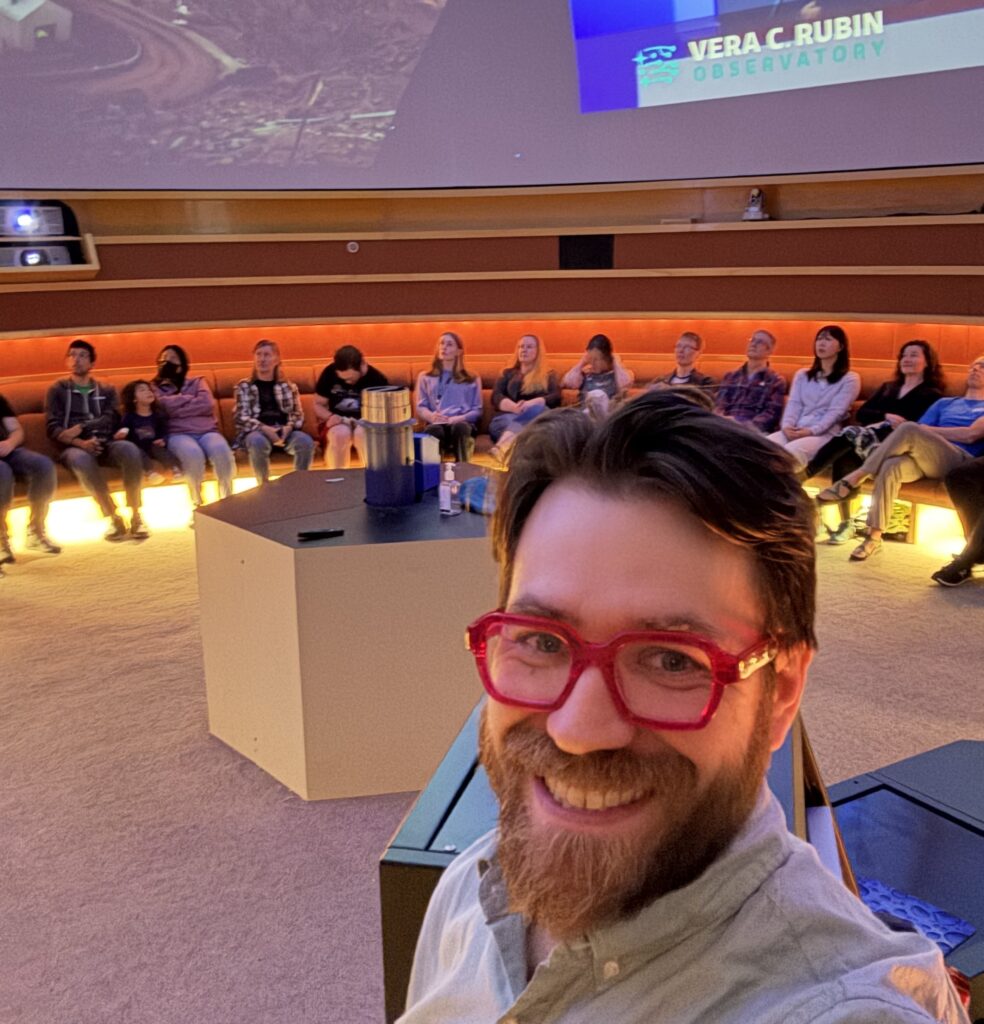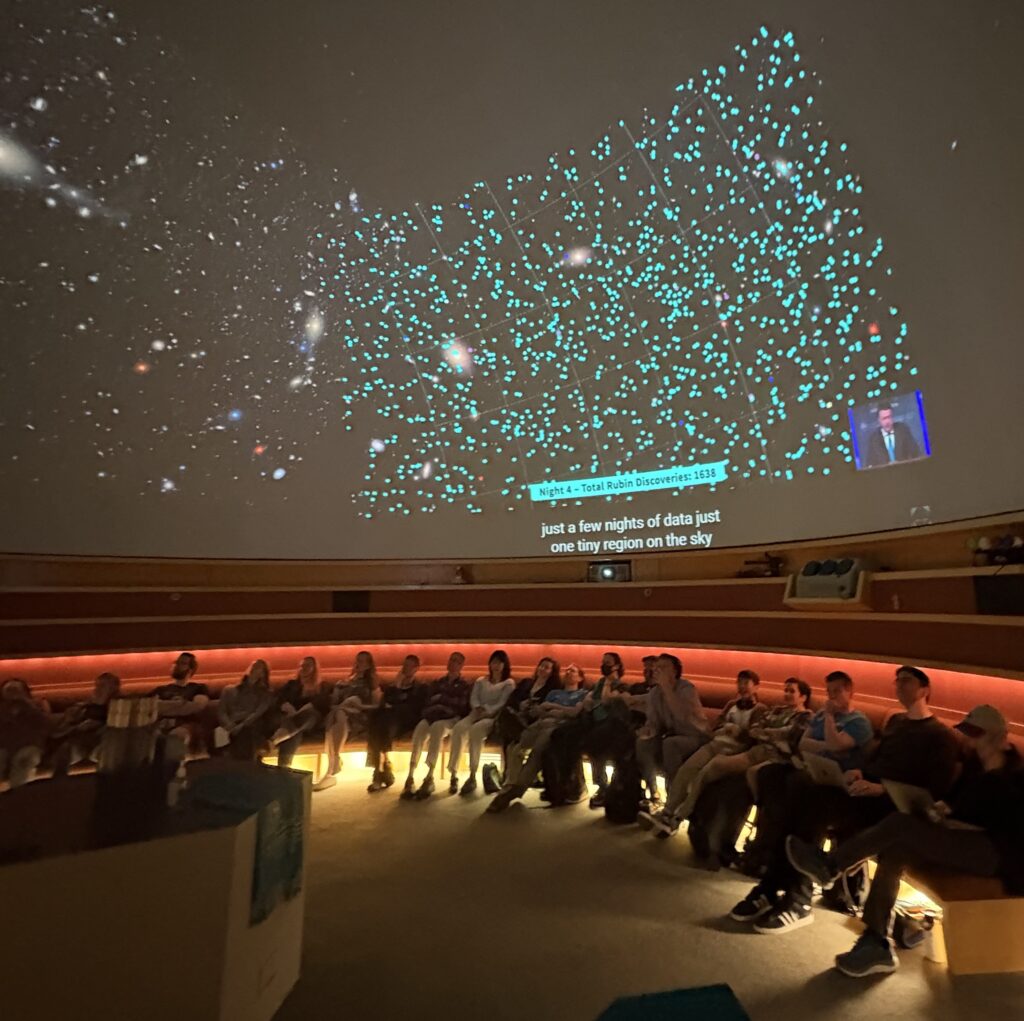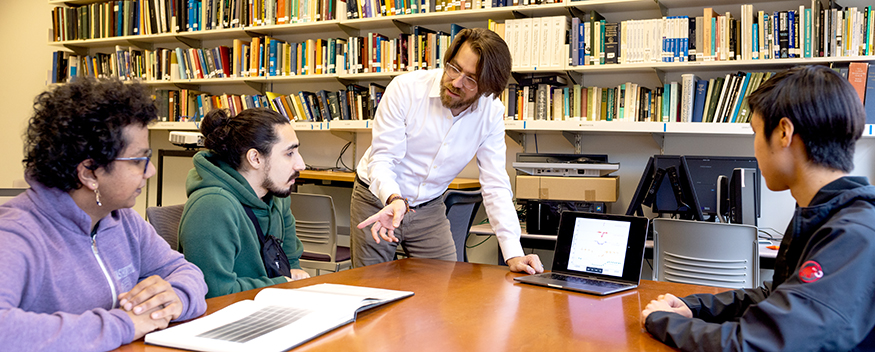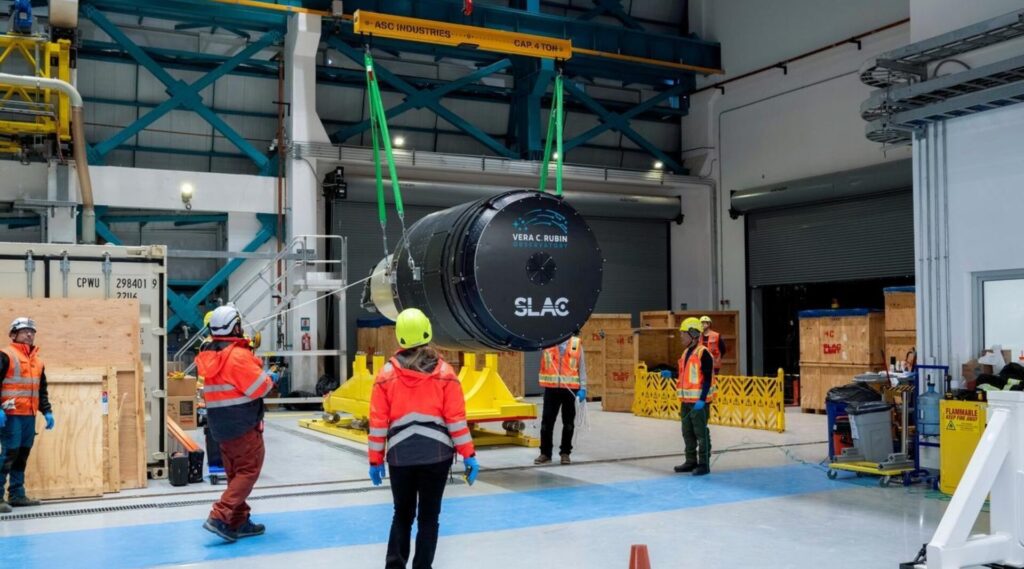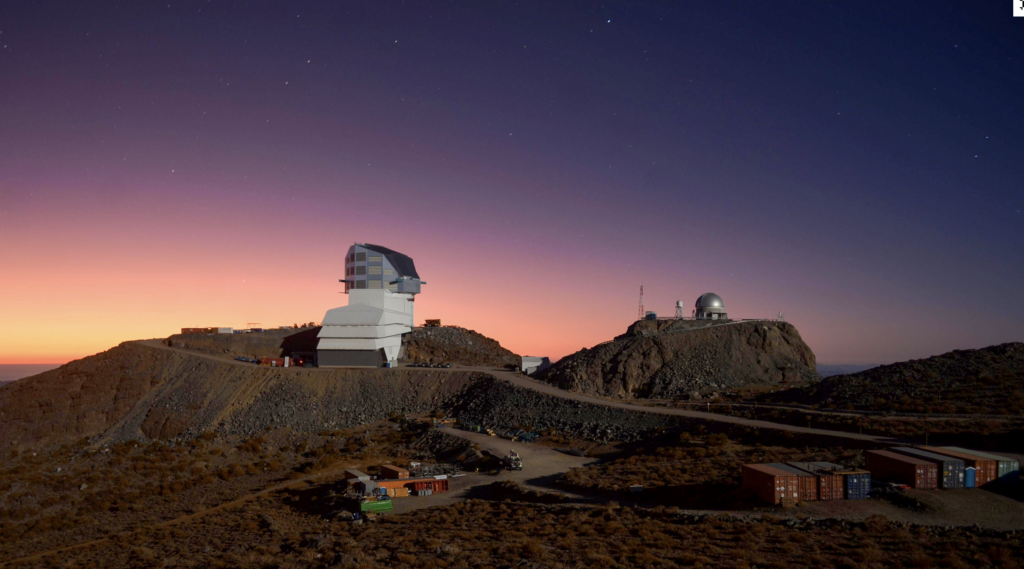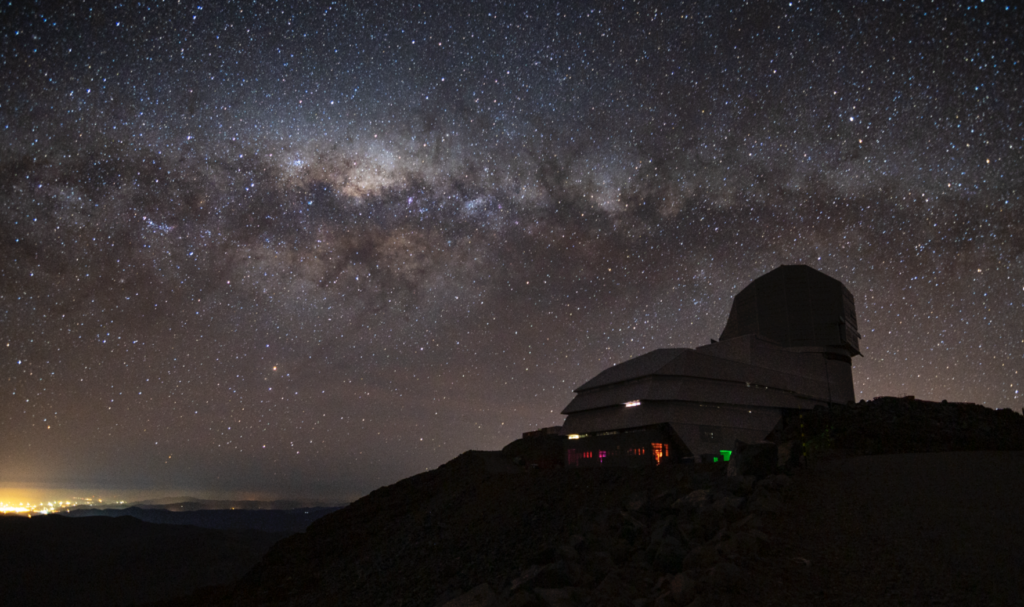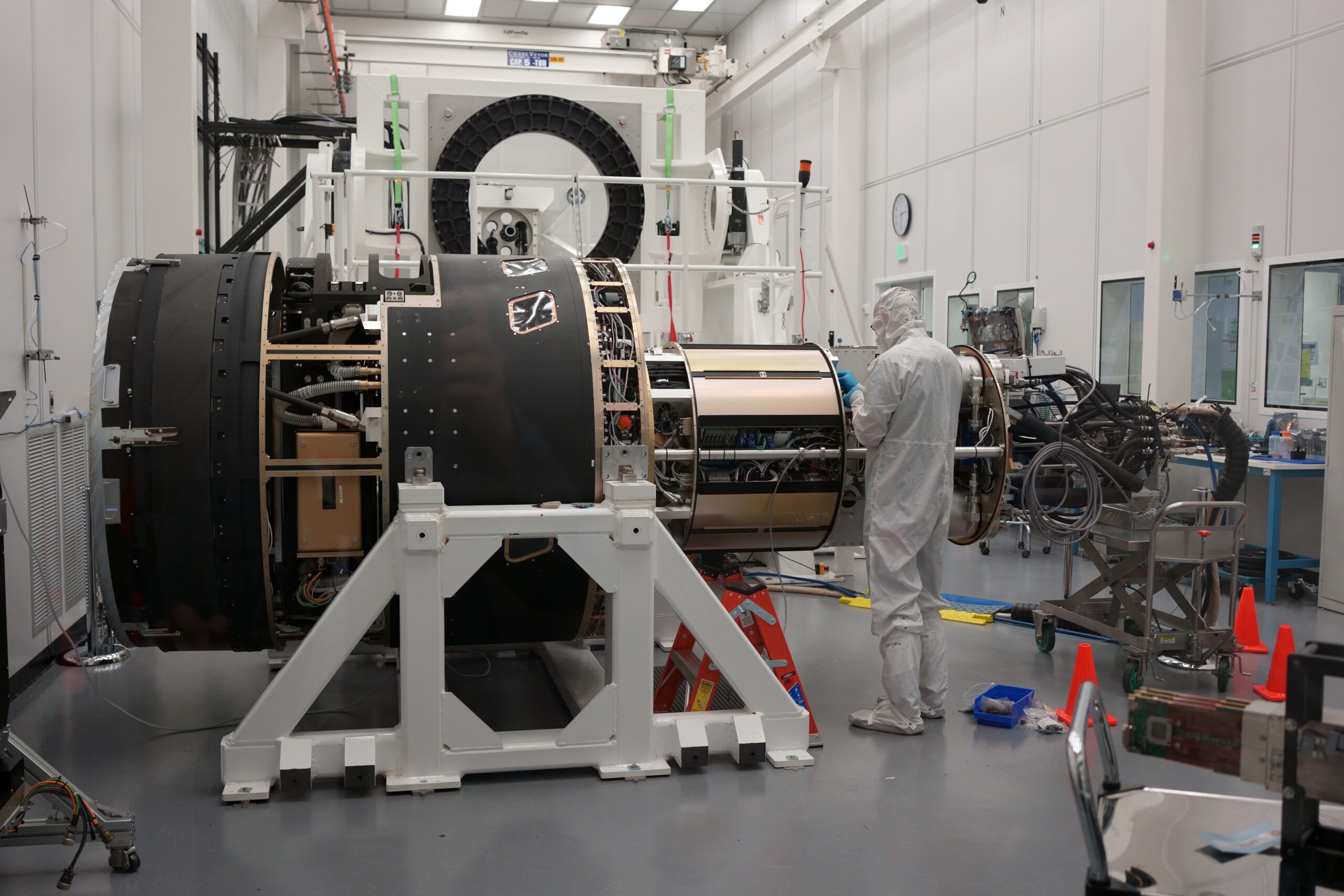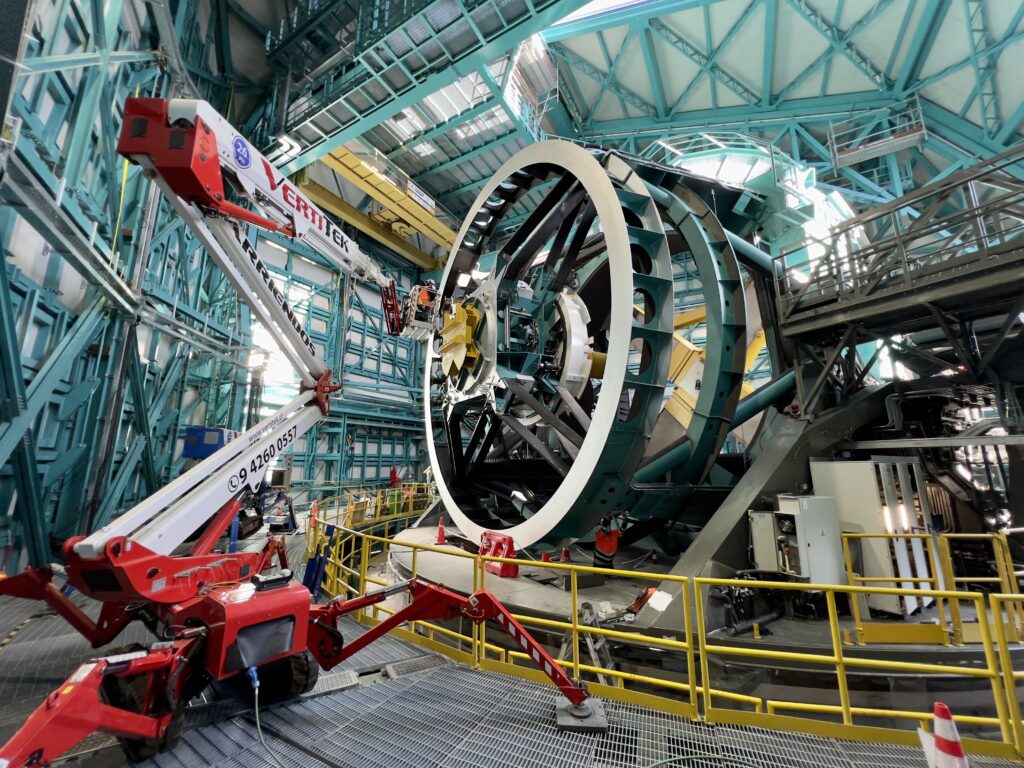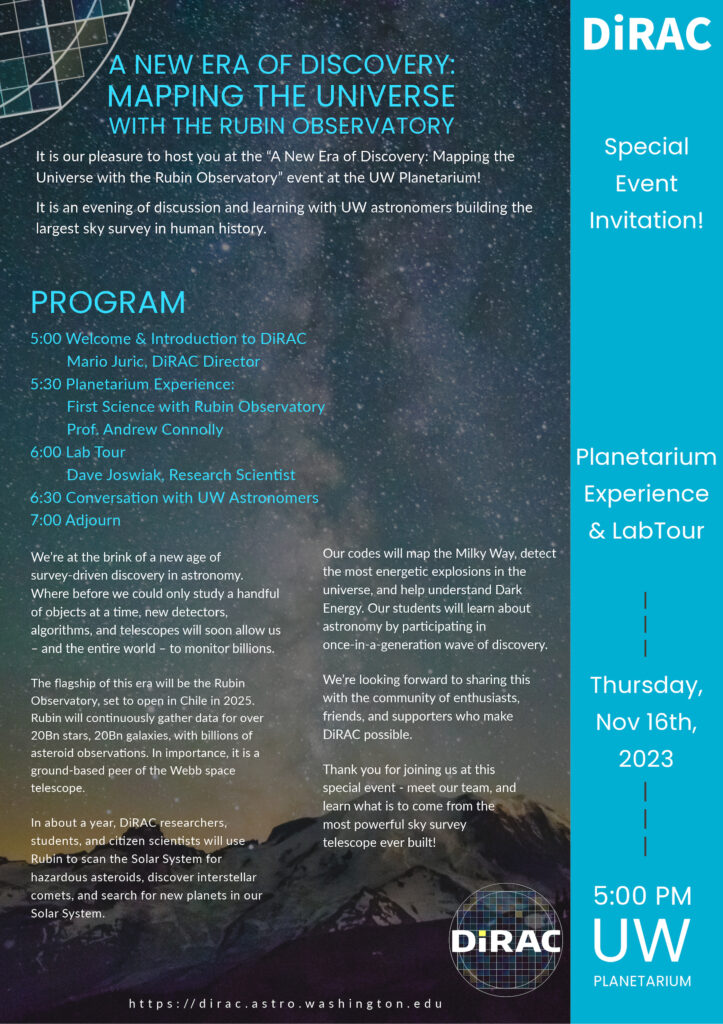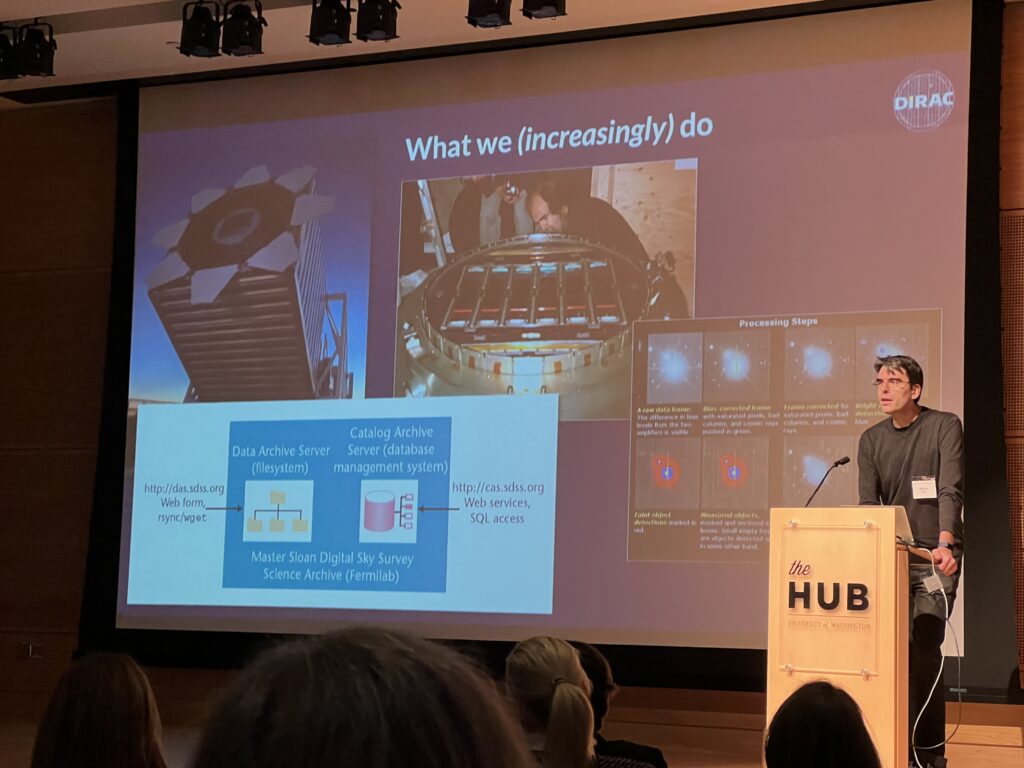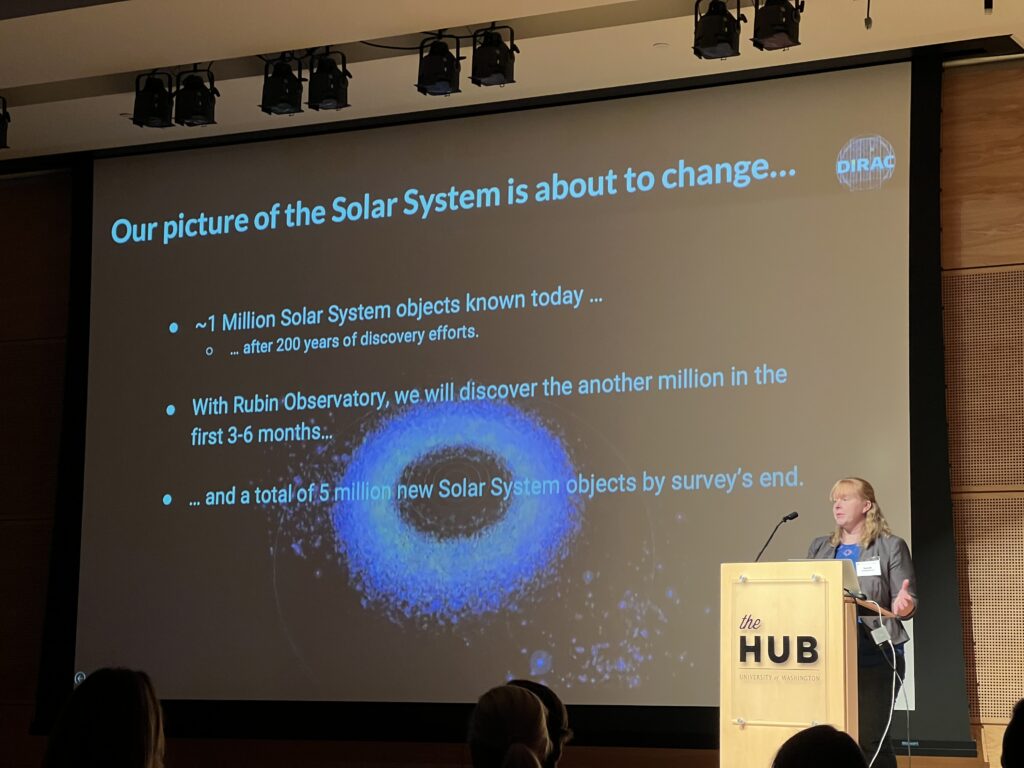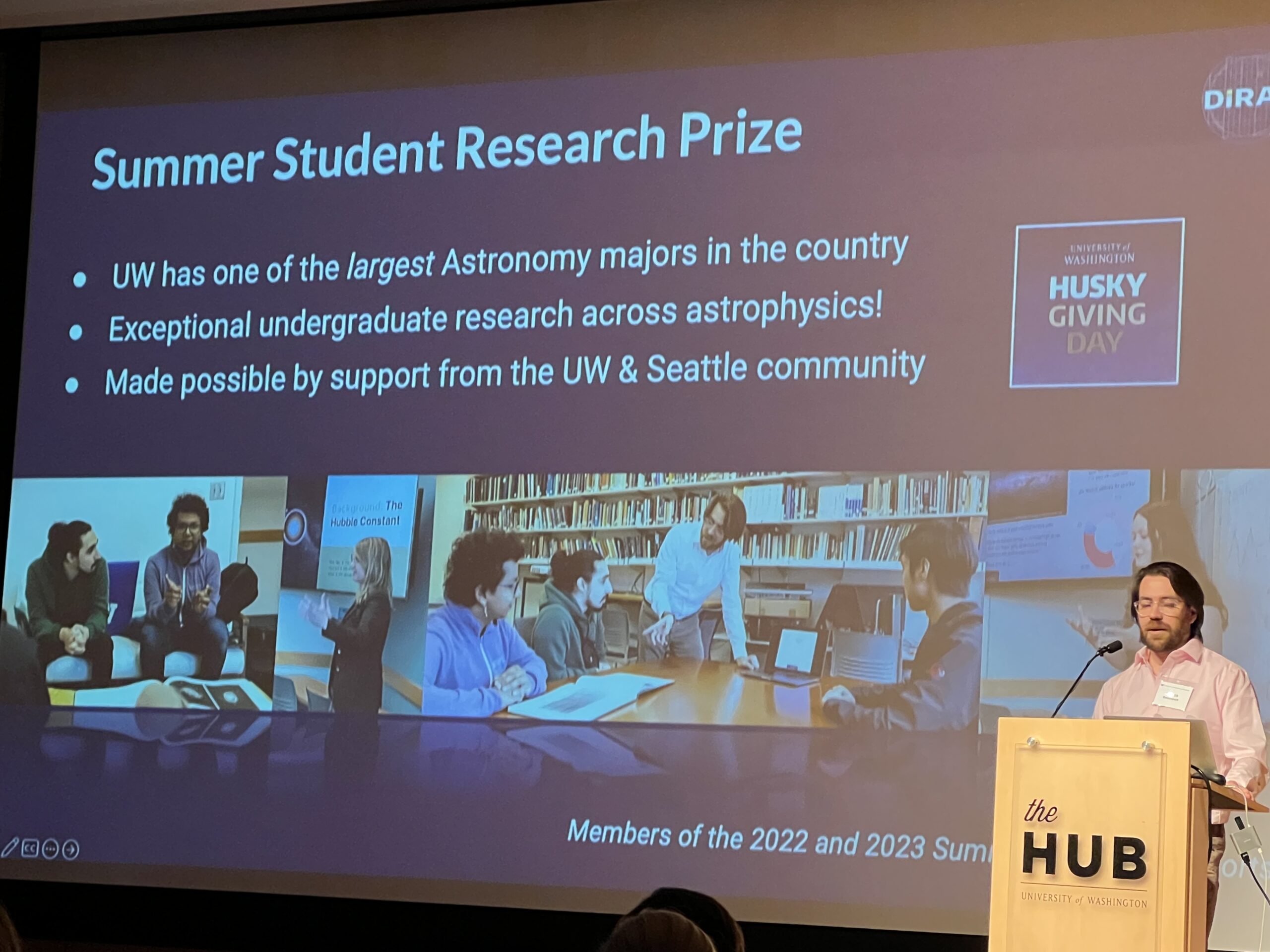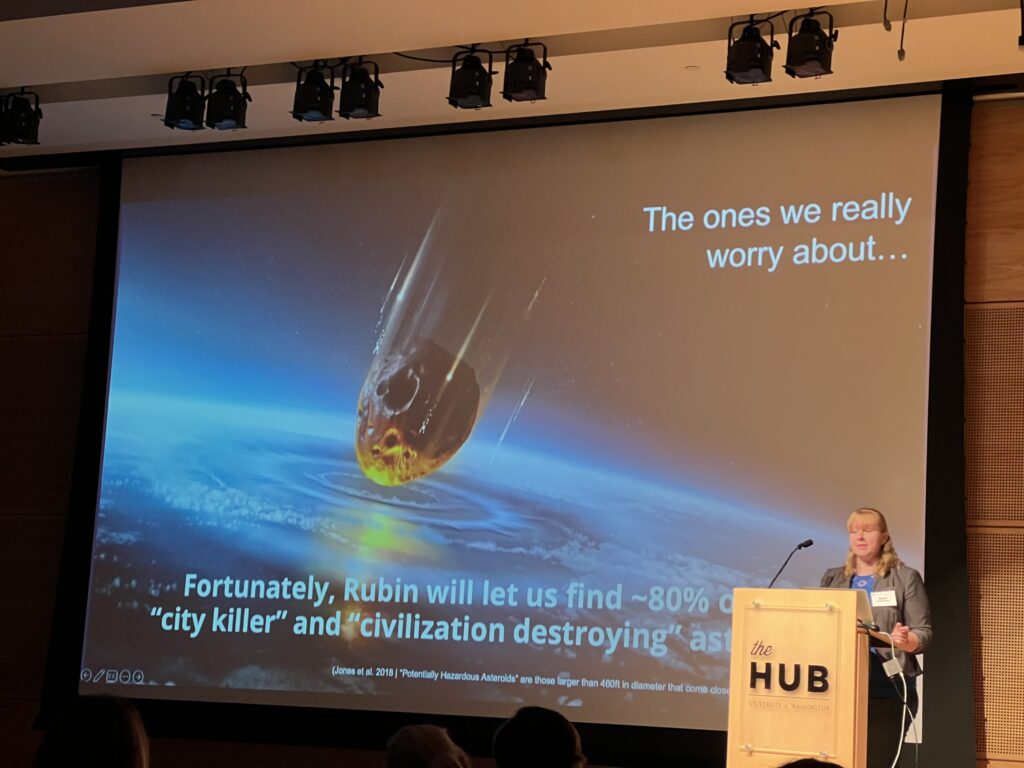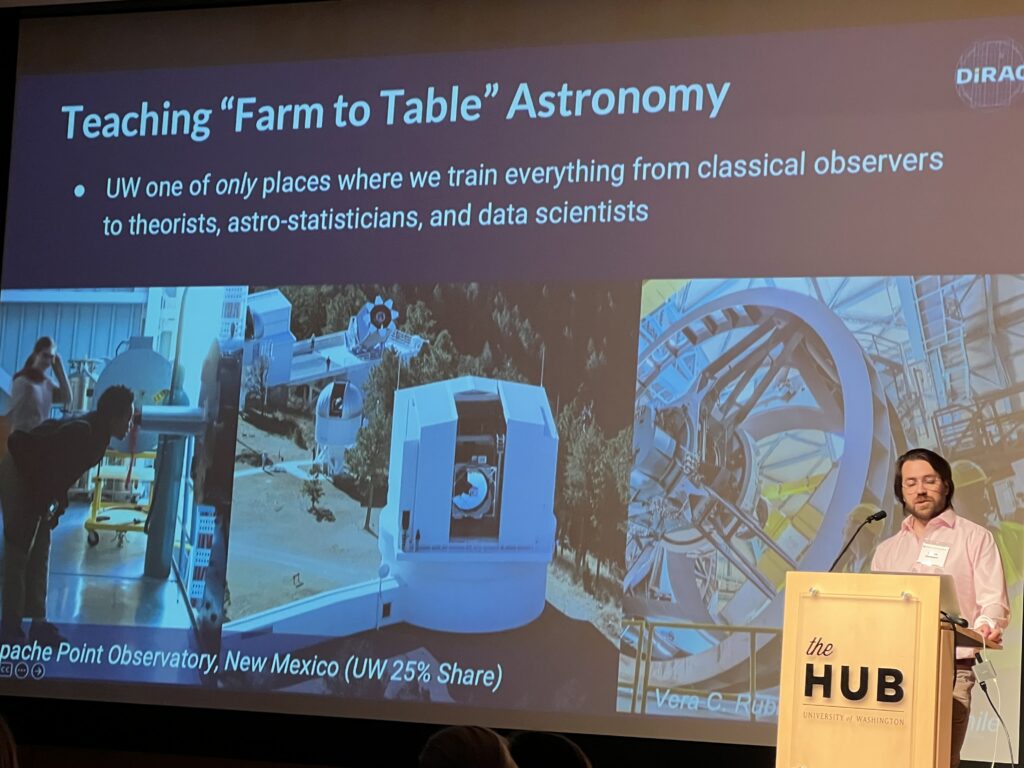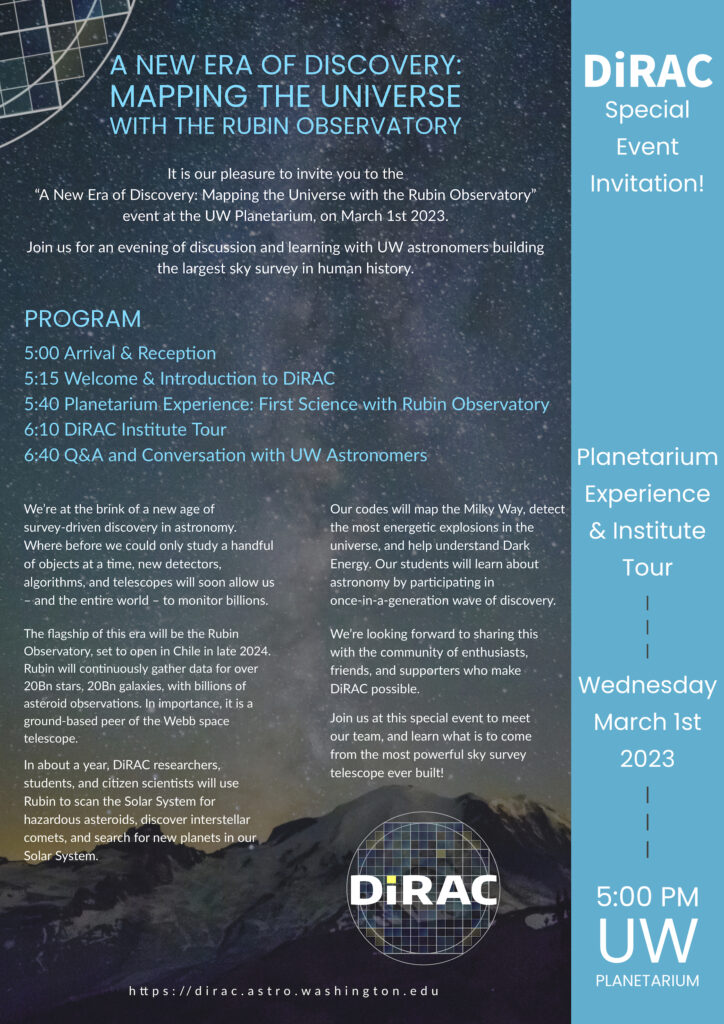After the highly successful Rubin First Look press conference on June 23, 2025 in Washington D.C., where the first Rubin images were shared with the press and public, the Project focused on science verification and validation, and preparations for a series of Construction Completeness Reviews.

Science verification on-sky data taking was just completed on September 20, and resulted in a less extensive data set at the quality of LSST than originally planned. As a result, Data Preview and Data Release schedules are being re-optimized with external advice provided by Science Advisory Committee and Users Committee.
The transfer of authority from the construction project to the operations team will happen on October 24, during Construction Completeness Review 3 to be held in Chile. The Data Management Standards Reviews have been completed and confirmed by NSF and DOE. The public posting of the observing schedule is also confirmed, and Rubin is now in the 80-hour image embargo period. Criteria to start the LSST are given in ls.st/RTN-093 and Operations readiness review will provide a comprehensive basis for decision to start theLSST later this year.
The UW Alert Production Team celebrated the First Look milestone with several DiRAC-hosted events. Soon after, Rubin released Data Preview 1 containing commissioning data from the smaller ComCam camera. DiRAC hosted a successful DP1 sprint, which allowed members of the AP team to share knowledge with other scientists in the department and resulted in several research notes and papers. Since then, the team has continued to commission the image processing pipelines in preparation for public alert release and reporting discoveries of solar system objects to the Minor Planet Center.

Željko Ivezić
Director of Rubin Construction
Professor of Astronomy, University of Washington
Eric Bellm
Research Associate Professor, University of Washington
About Željko Ivezić
Željko Ivezić (pronounced something like Gel-co Eva-zich) obtained undergraduate degrees in mechanical engineering and physics from the University of Zagreb, Croatia, in 1990 and 1991. He obtained Ph.D. in physics from the University of Kentucky in 1995, where he worked on dust radiative transfer models and wrote the code Dusty. He moved on to Princeton University in 1997 to work on the Sloan Digital Sky Survey, and took a professorship at the University of Washington, Seattle, in 2004. Željko’s scientific interests are in detection, analysis and interpretation of electromagnetic radiation from astronomical sources. His current focus is the Rubin Observatory and Legacy Survey of Space and Time, for which he serves as the Construction Project Director.
About Eric Bellm
Eric Belm is a Research Assistant Professor in the Department of Astronomy at the University of Washington and a Fellow of the DIRAC Institute. He is leading the development of major portions of two new large optical time-domain surveys. He is the Alert Production Science Lead for the Vera C. Rubin Observatory as well as Survey Scientist for the Zwicky Transient Facility. Eric is using optical variability data to search for hidden populations of neutron star and black hole binaries in our Galaxy. His research includes observation, instrumentation, and large-scale data analysis.
UW Lecture: A New Era of Cosmic Discovery with the Rubin Observatory
The DiRAC Institute hosted a special event at the University of Washington to celebrate Rubin’s First Look, featuring a public lecture at Kane Hall. Recording of the lecture is below.
